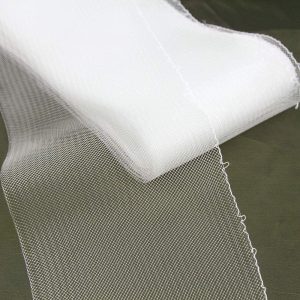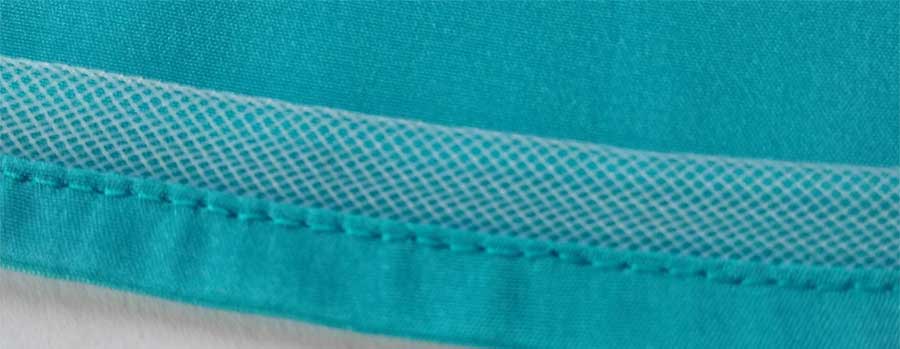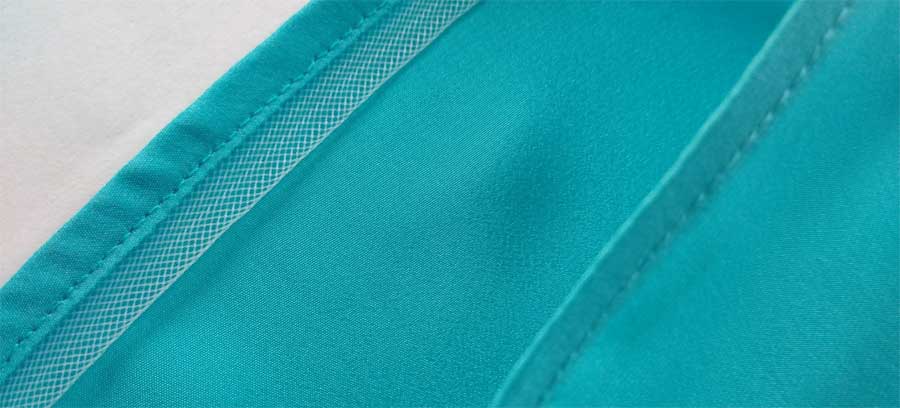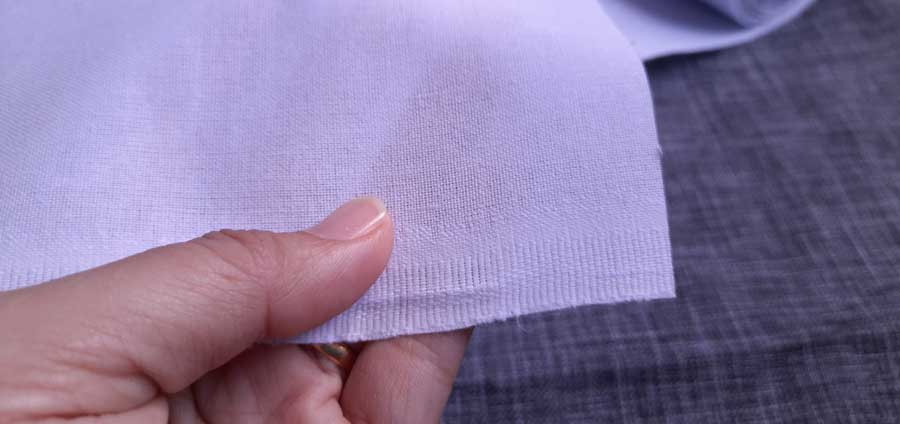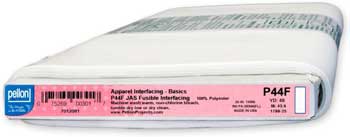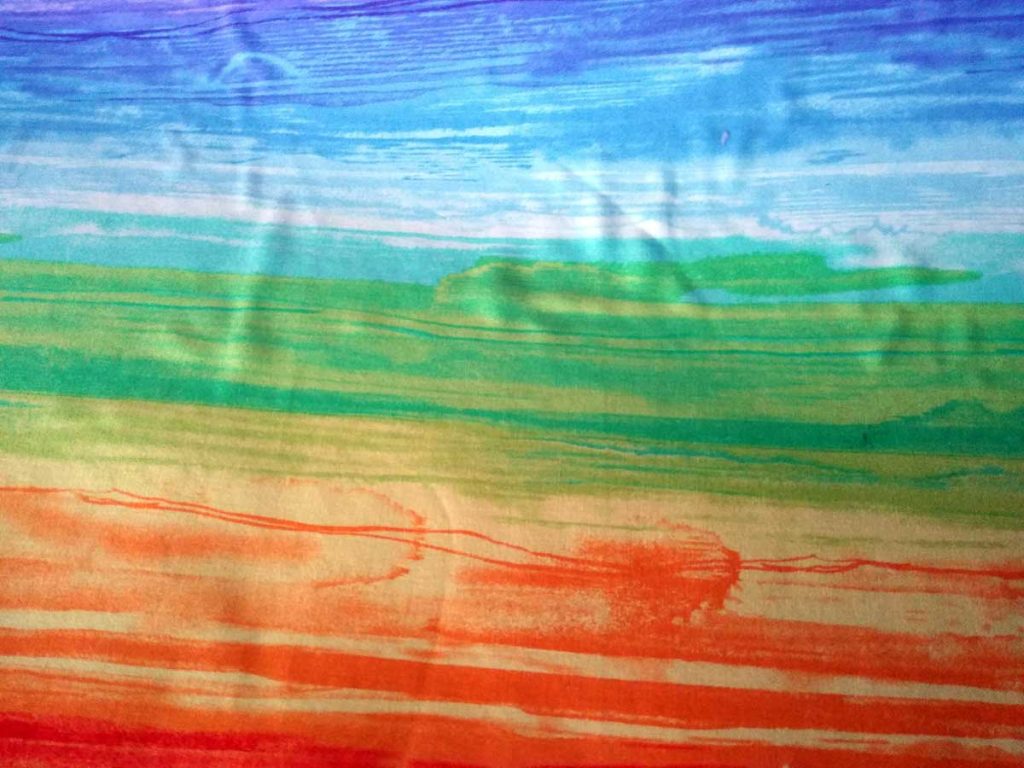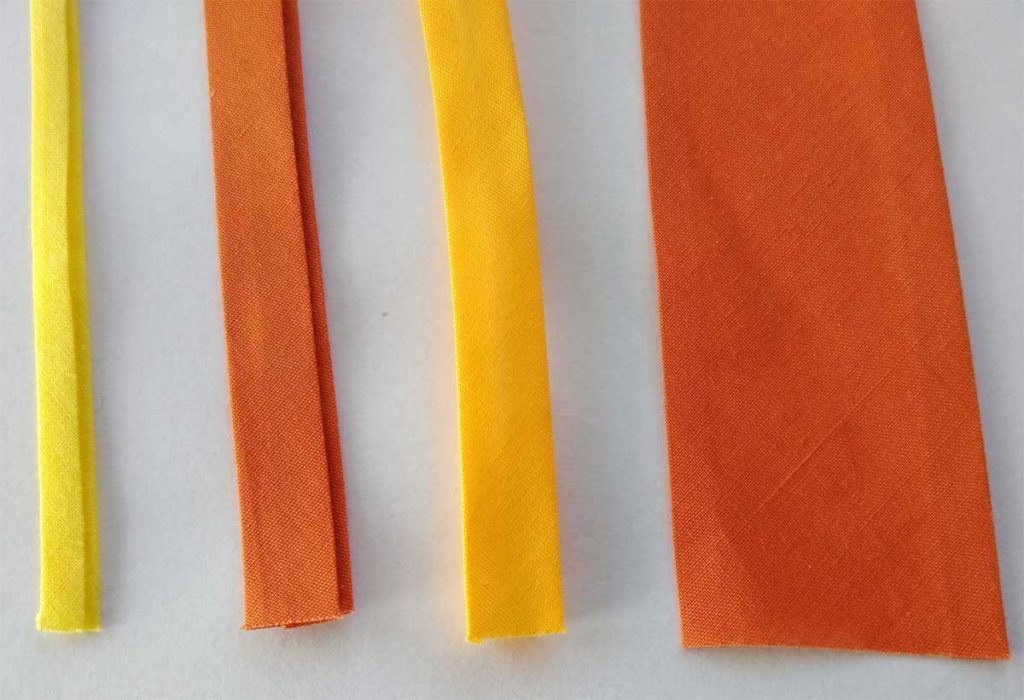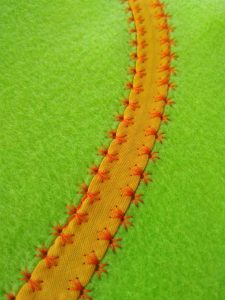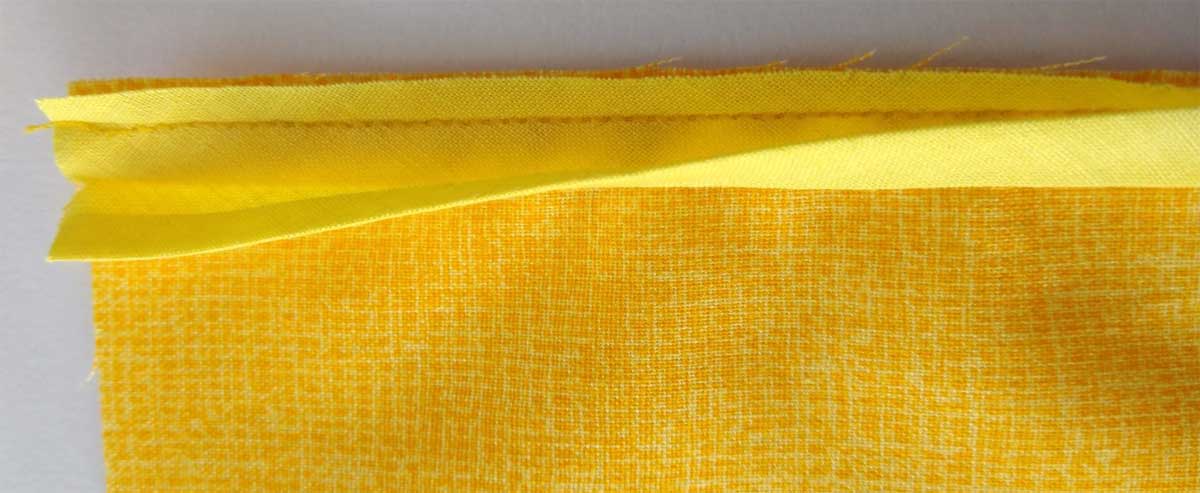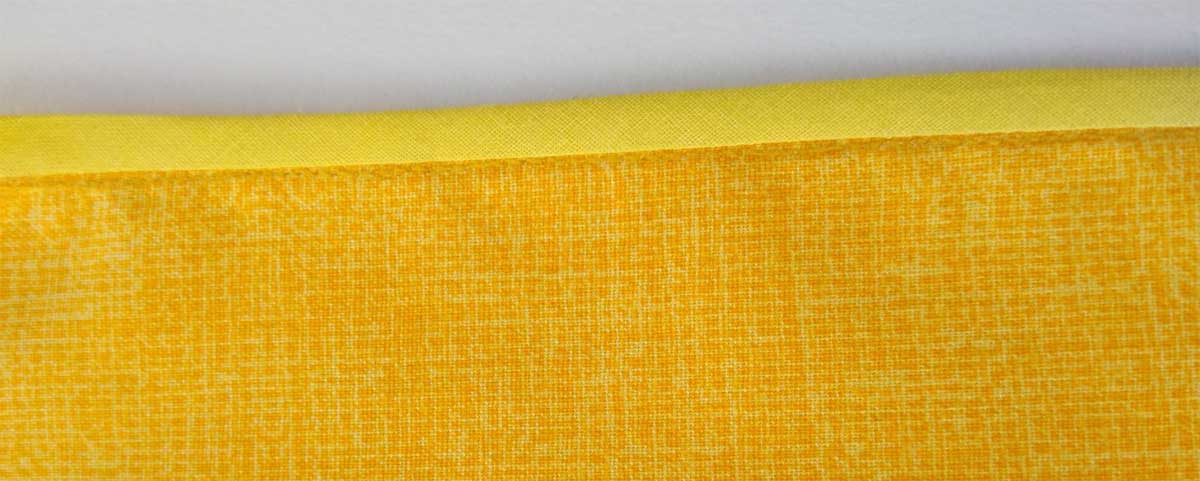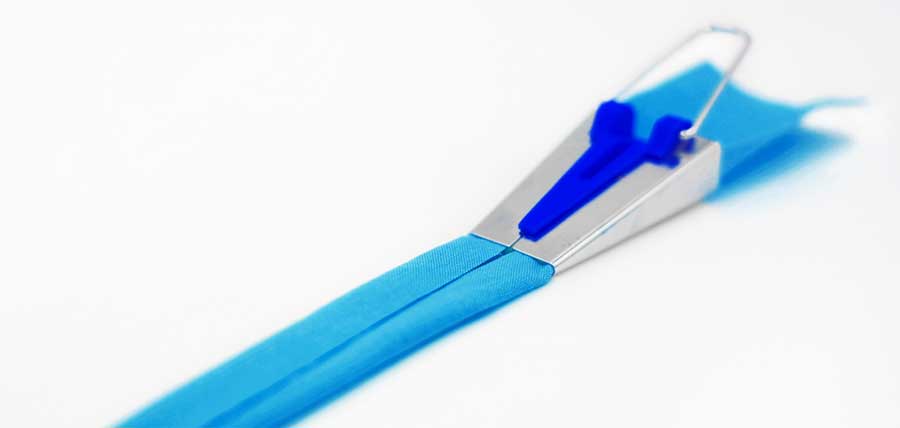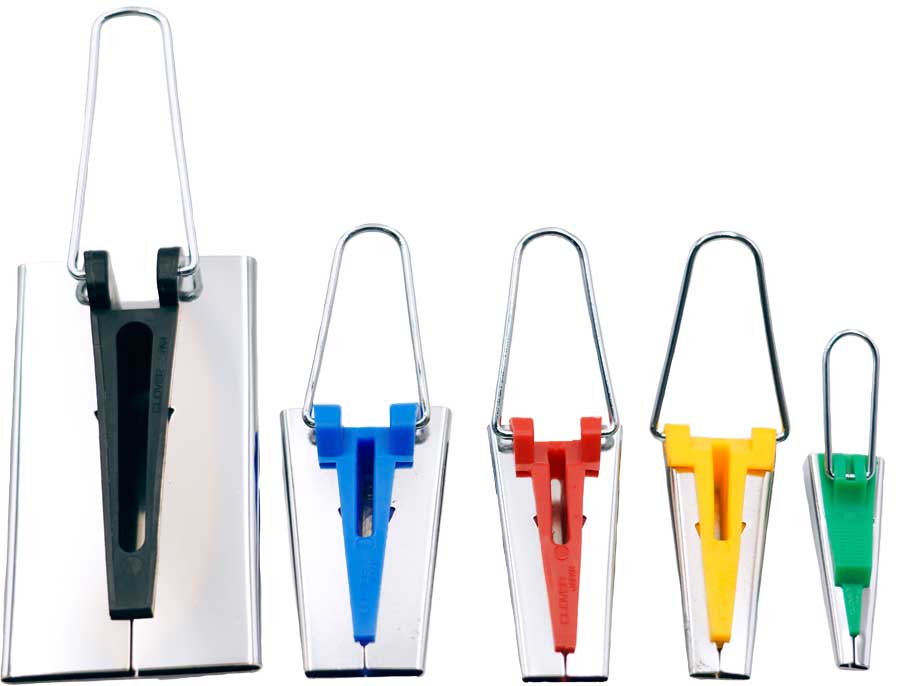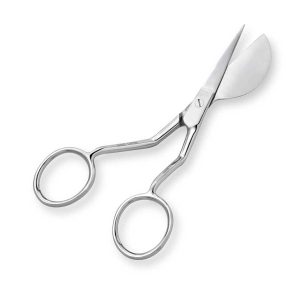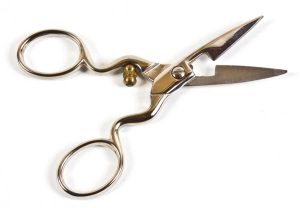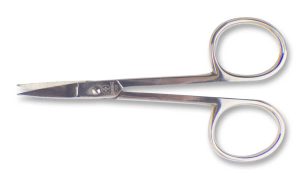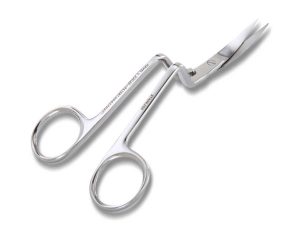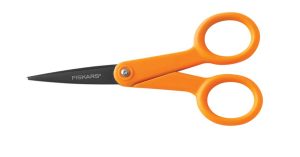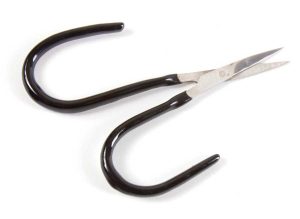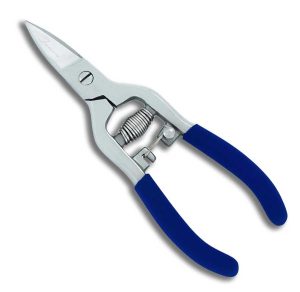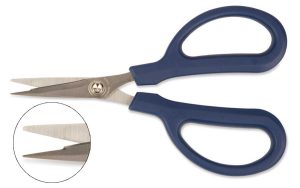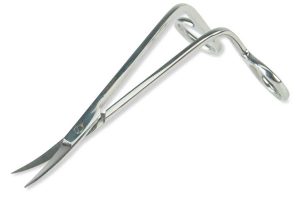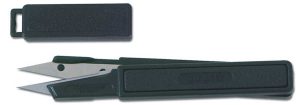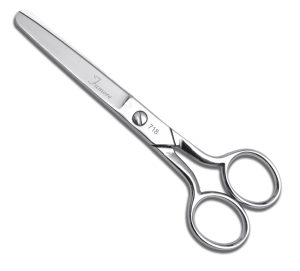The path to sewing creativity is full of roadblocks—all of our own making. As sewers, we need to learn to let go, to trust ourselves, and just allow the creative process to happen.
Sewing educator, Londa Rohlfing, developed a list of things sewers unwittingly do to kill their creativity. This is a look at those roadblocks—and how to easily overcome them. Don’t let a creative block stop you from completing a project!
We are way too hard on ourselves, underestimating our capabilities. Sewists forget that the sewing process is wonderfully forgiving. Most sewing situations or “mistakes” can be turned into a success in some way, shape, or form. Really! It’s not like in cooking when you crack what you thought was the second egg, put it into the pot, and mix it up—only to turn around and see that there are already two sets of eggshells in the sink. In cooking, you can’t retrieve the extra egg from the liquid but, in sewing, you can always “un-sew.” Maybe you cut something off you shouldn’t have? Just sew it back on! Not enough fabric? Go get a coordinating fabric! The thing about sewing is that you are in control. Unlike so much of life, you decide what goes where, and how it goes there. You can make those decisions… you just need to let go and be your own boss.
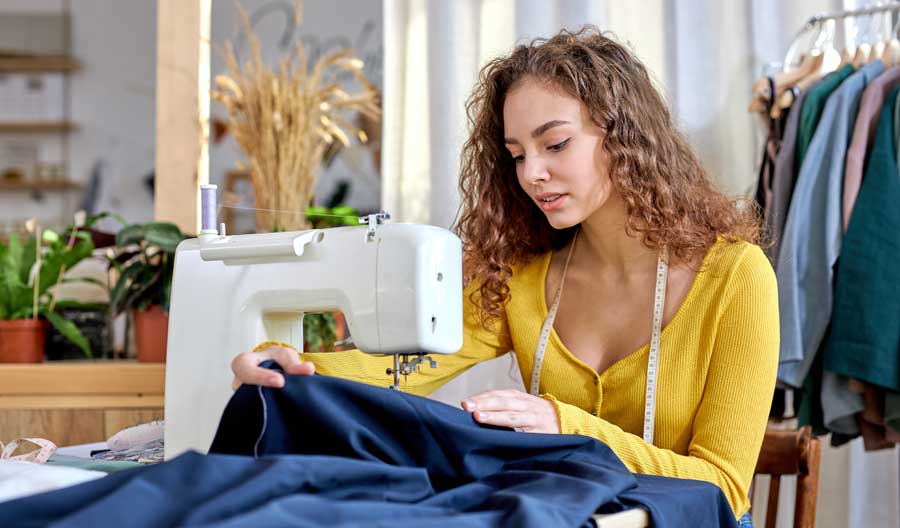
We feel that every idea has to be totally new. If you’ve ever watched Project Runway, you might recall that you didn’t see any fresh, new ideas. If you’ve been a student of fashion, you know that you routinely see styles resurrected… over and over and over again. Designers just put it all together in a new way and give it their own little twist. You can do the same thing. Go ahead—make use of those ideas in your personal sewing. Creativity is not always a natural, easy process. Have all the lessons you’ve learned in life been painless? For most of us, wisdom comes mostly from the school of (real) hard knocks. That is true both for life… and sewing.
We think we have to have precise directions on how to do anything and everything. How many patterns have you bought, trying to figure out how to master a technique that puzzles you? Become your own inner child and say, “Let me do it my way, Mommy.” Then just do it!
We think every project has to work out perfectly and that we should automatically love everything we create. Tell me now—really—do you just love and wear everything you buy? Why not? After all, you had the chance to try it on and evaluate it before you ever went home with it. Ease up on yourself and vow to enjoy the process, not just the outcome.
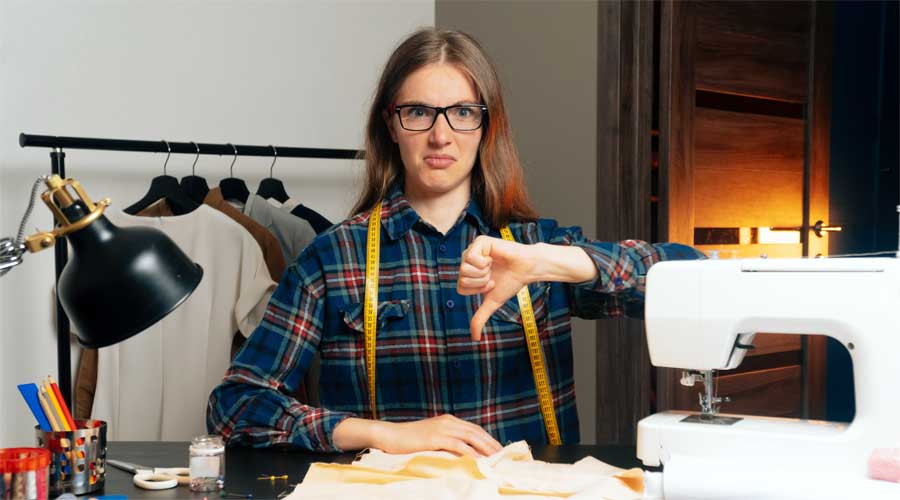
We feel it is wrong to un-sew, retry, and start over. You only learn by doing. The good news is that there is no Sewing Police ready to haul you off to Stitching Jail if you break a rule. Figure something out on your own. Do it differently. Try it your way. Remember… sewing is one place where you are in the driver’s seat. A wrong turn here or there is not going to kill anyone. Have fun! If you mess it up, go buy more fabric. Everything that happens is just another creative opportunity.
We limit our materials and equipment choices. Londa said that selling sewing machines taught her so much, especially about women. She sang praises whenever a woman brought her husband in with her to look at a new sewing machine. Most of the time, the woman would always want to settle for the lower model. (And, of course, they wanted to think about it!) But, in every case, the hubby encouraged them to get the better one—and to buy it that very day. Why do we not think we are worth the best we can afford? Besides that, at least 50% of the sewing we do is for others and not ourselves. Sewing equipment (and fabric, of course) are merely the tools that are necessary to create. Without the proper tools, you’ve stacked the deck against creativity and success. Ever see a builder build a house without an electric nail gun?
We feel compelled to use everything we’ve gathered for a project along with incorporating every technique we know—with no “editing as you go. To combat this, Linda has three mottos that she shares over and over and over: “Less is best.” “Stop before you think you’re done.” “If in doubt… leave it out!”
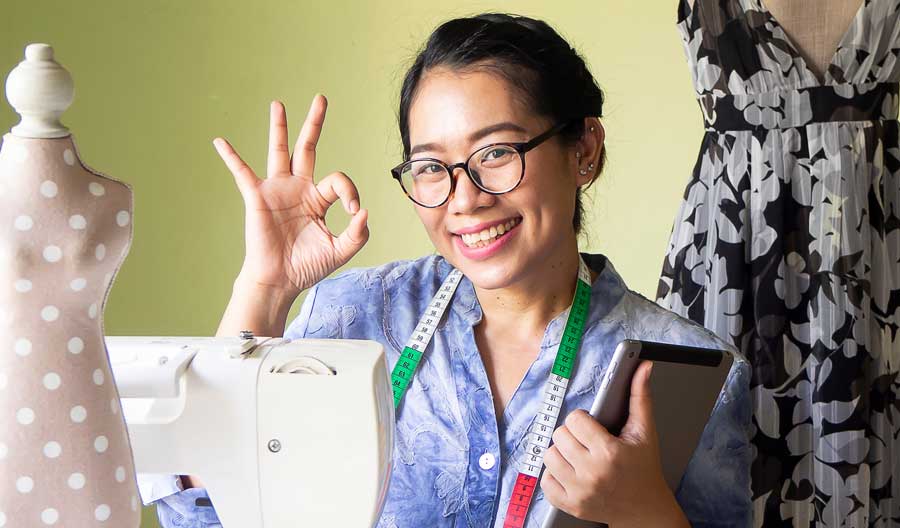
~This article is adapted from an article in a previous issue of Notions
After owning her own fabric shop/machine dealership for 13 years, then traveling to teach at expos and events across the country, Londa Rohlfing now teaches in her Sunroom Sewing Studio in Jackson, TN. Londa often prefers artsy, creative sewing, and loves teaching and sharing the designs and the techniques she’s developed. In addition, her website mission is to offer related and hard-to-find sewing products with exceptional personal service. (www.londas-sewing.com)





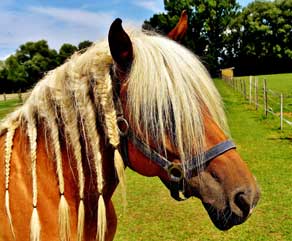 Now that we’ve got your attention, let’s talk about this uncommon notion called horsehair braid!
Now that we’ve got your attention, let’s talk about this uncommon notion called horsehair braid!